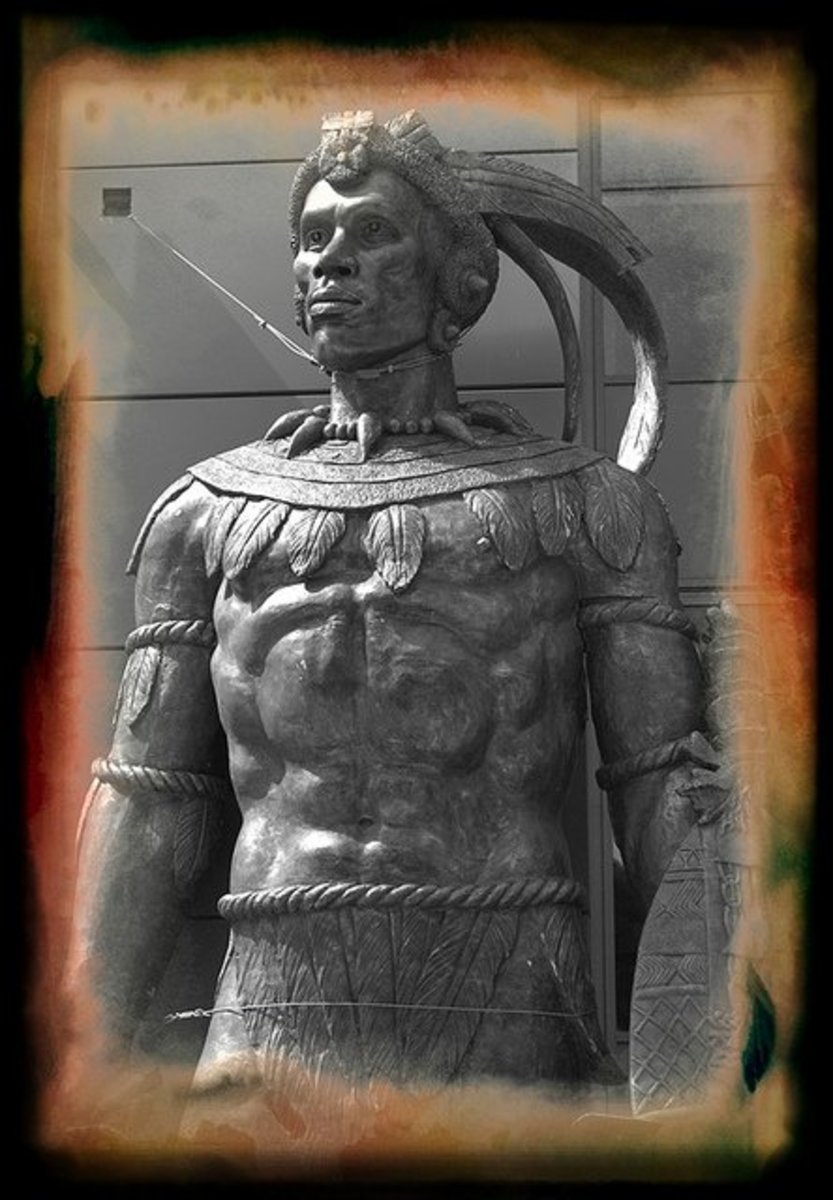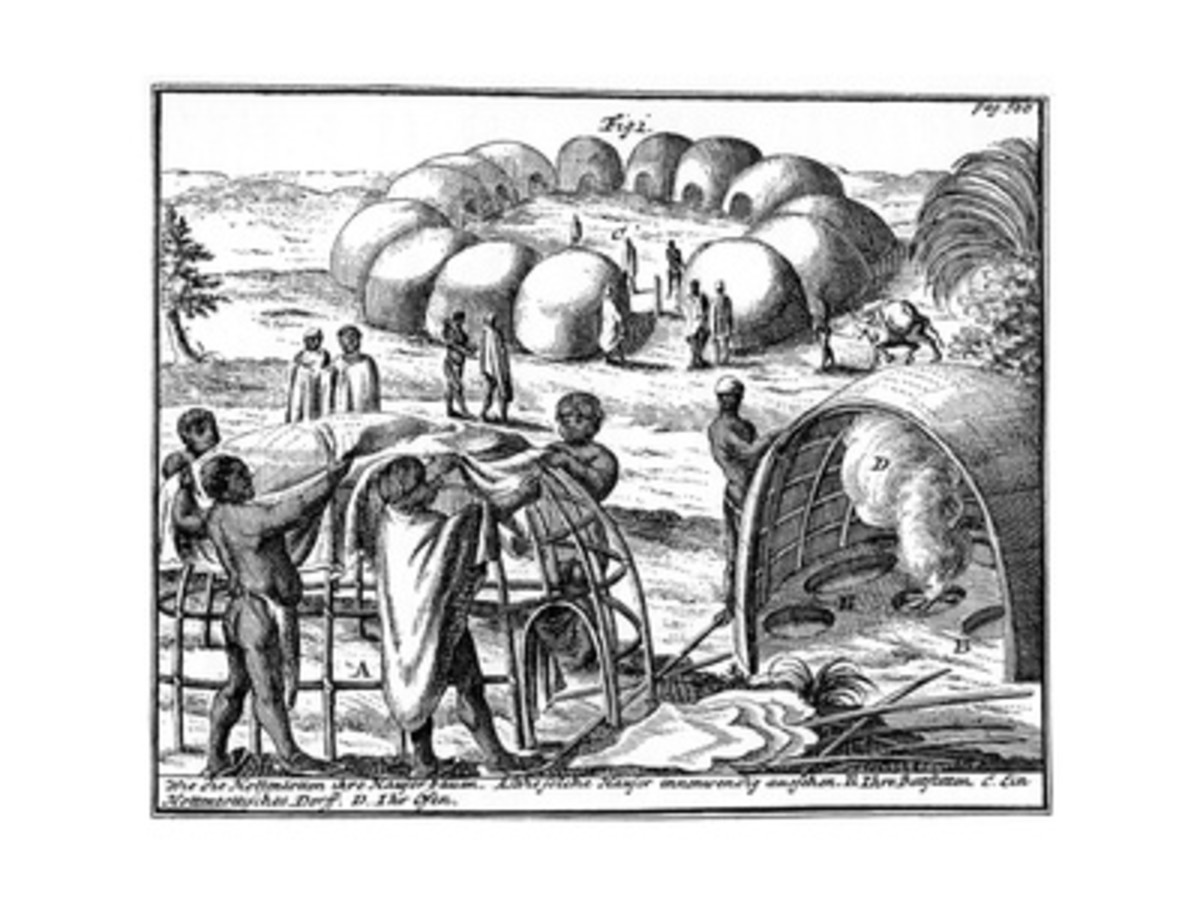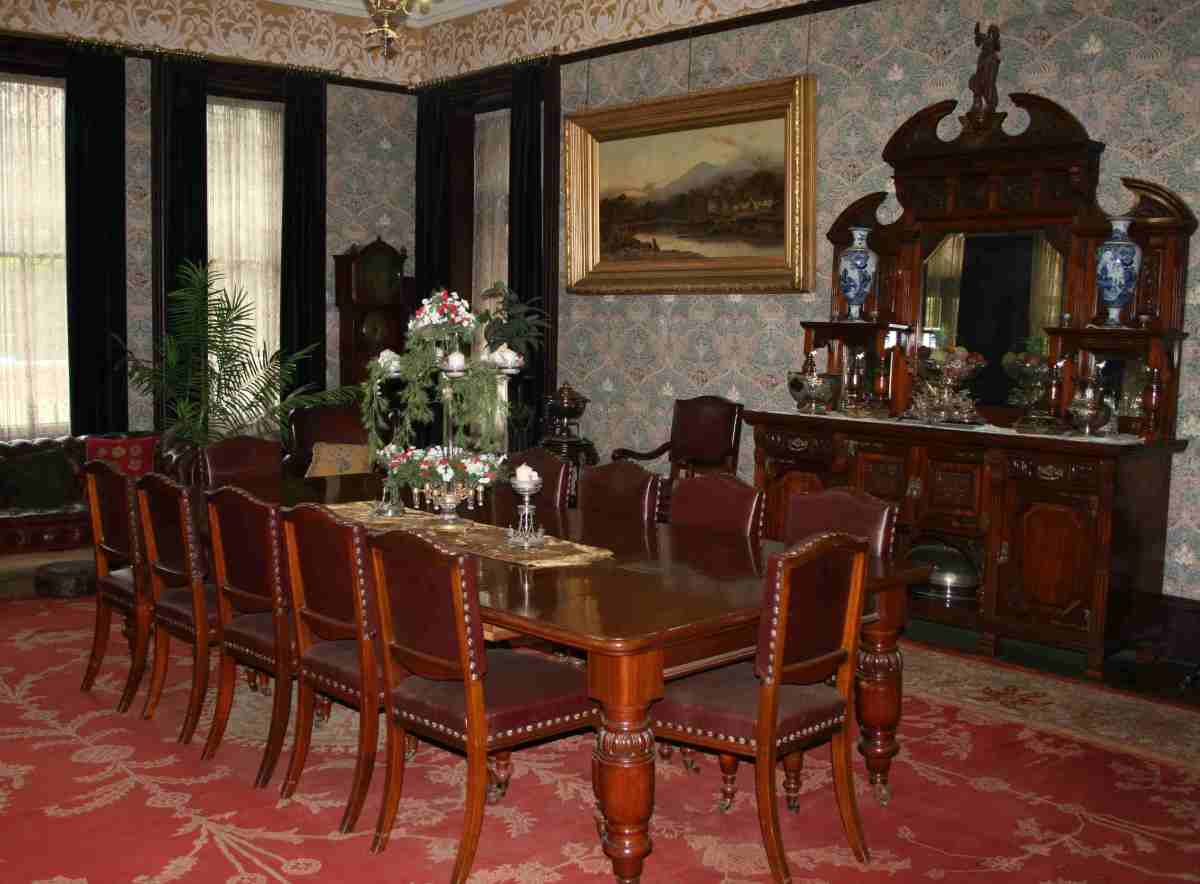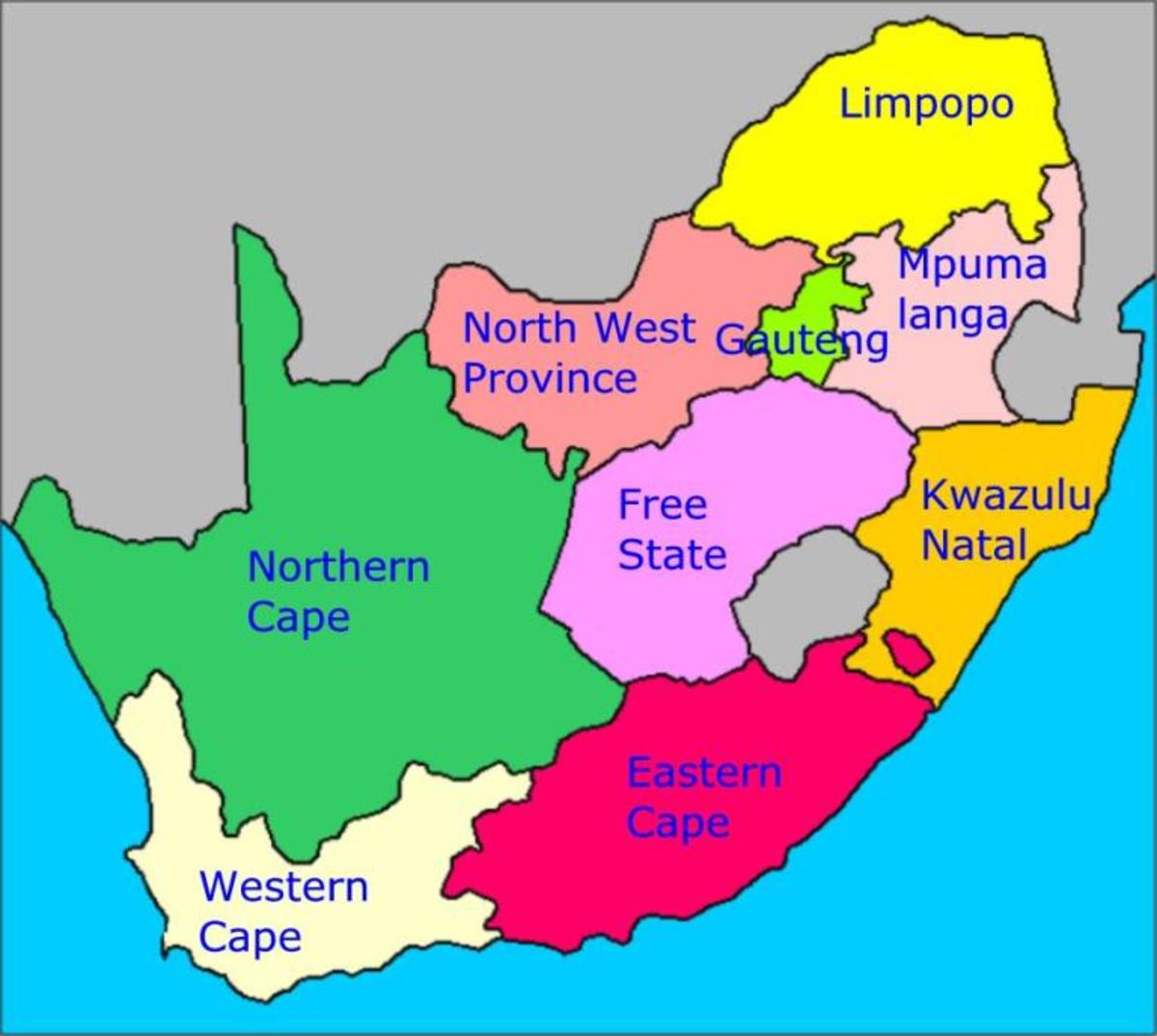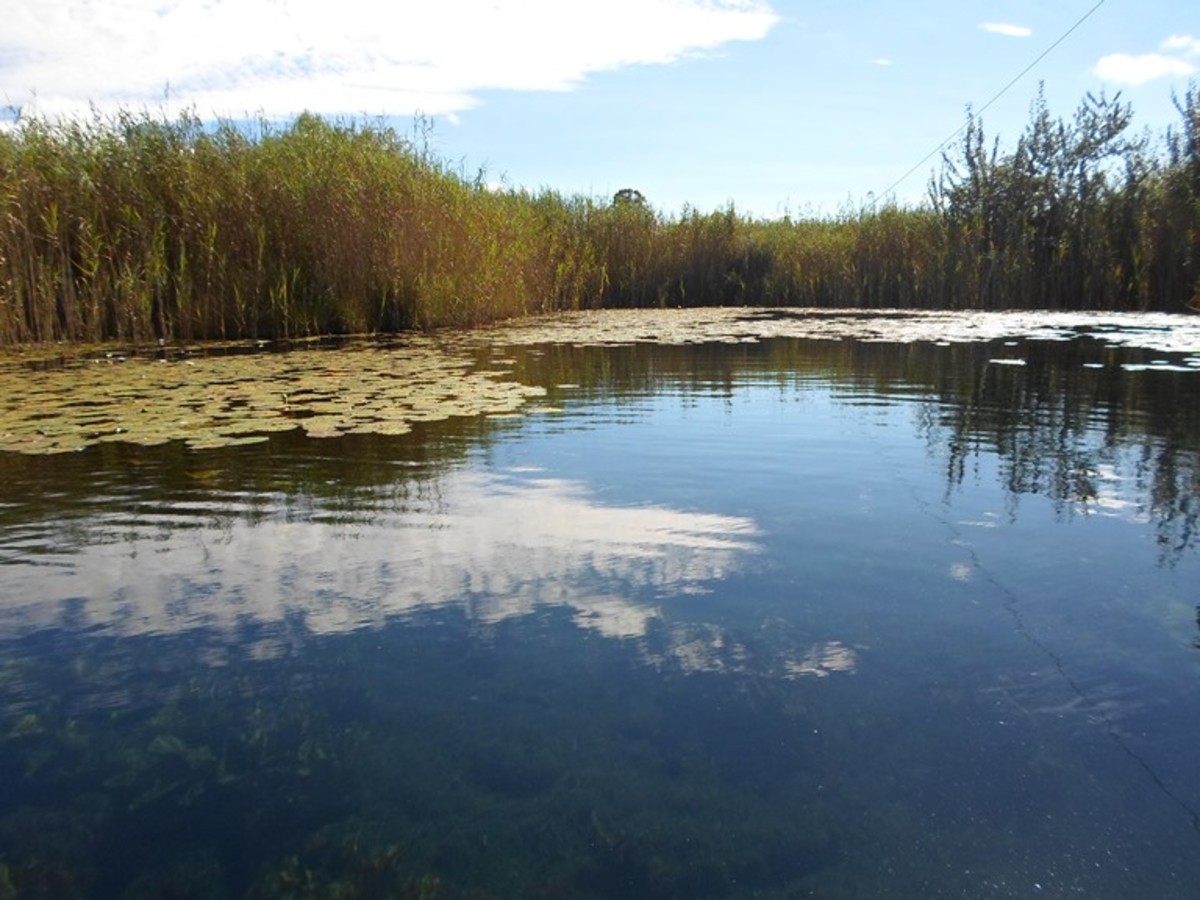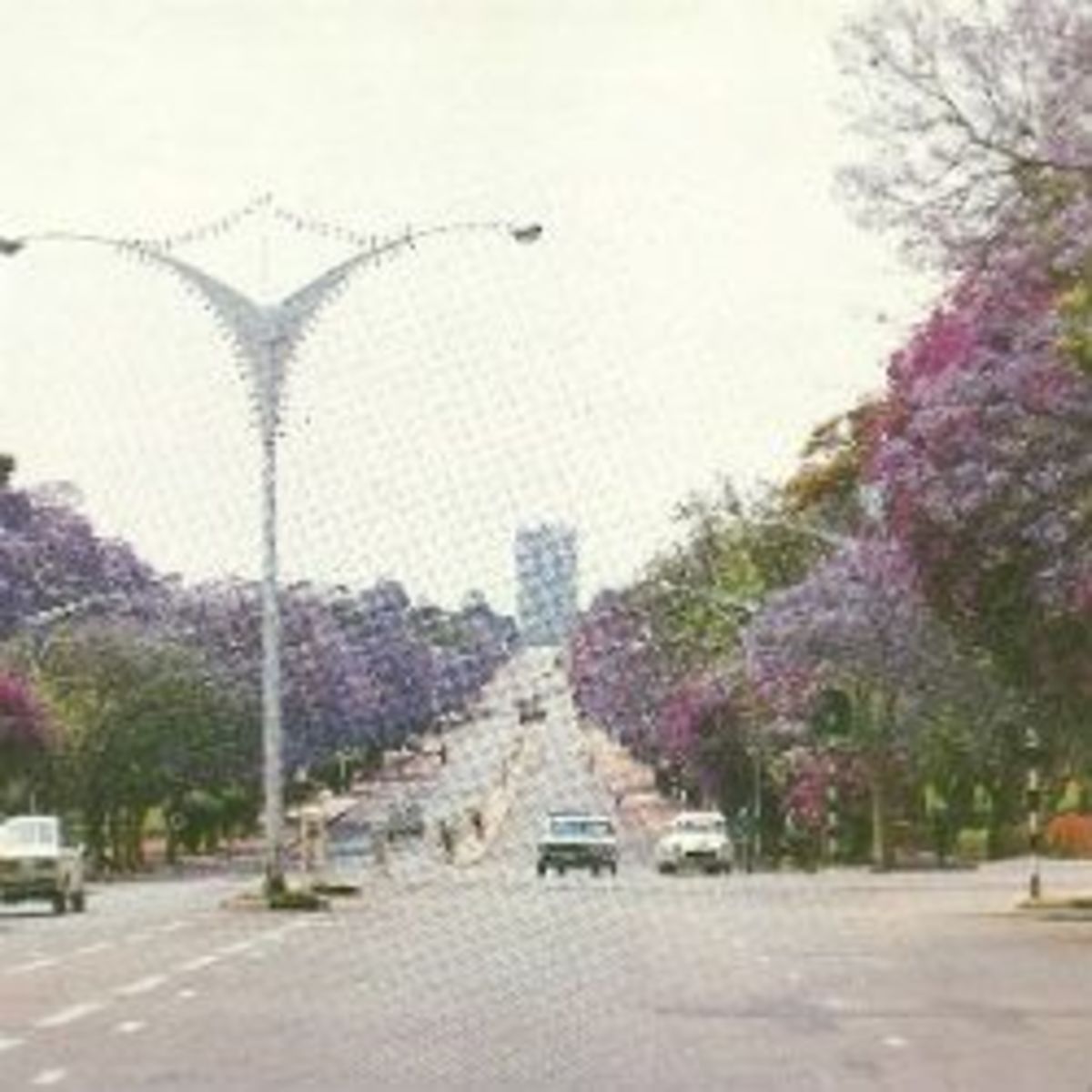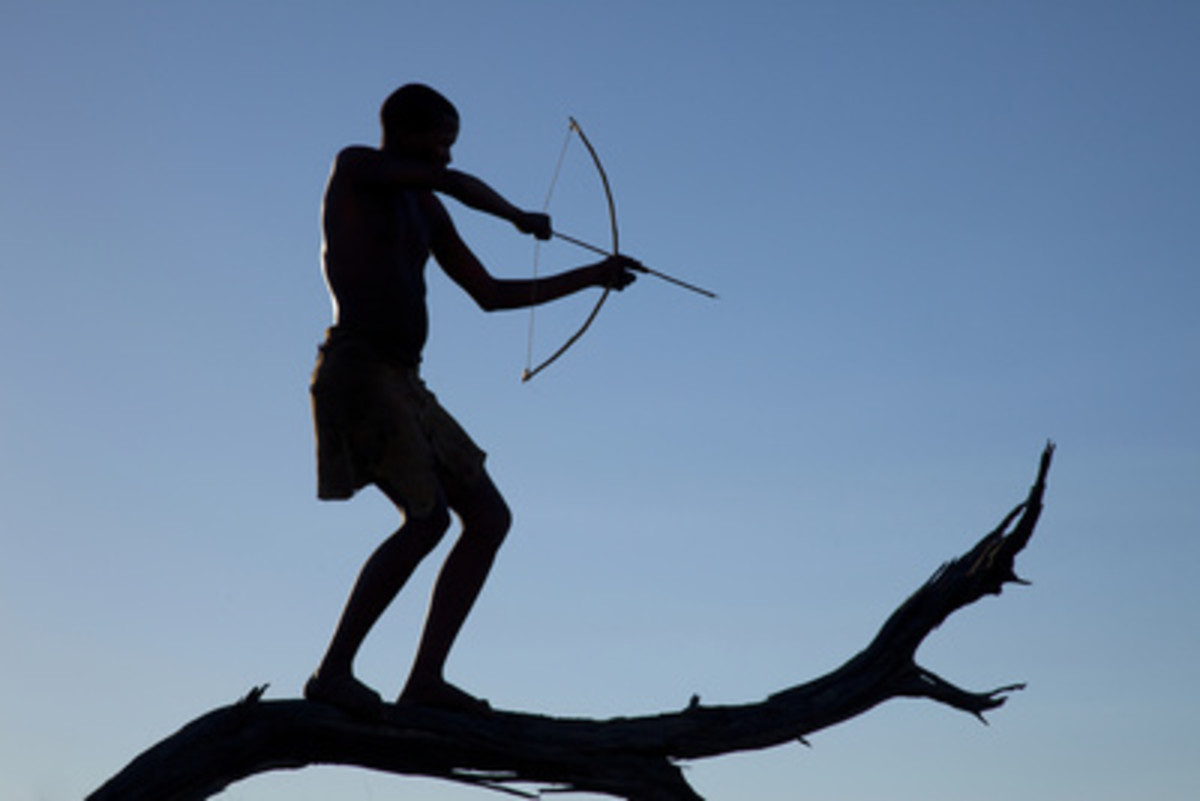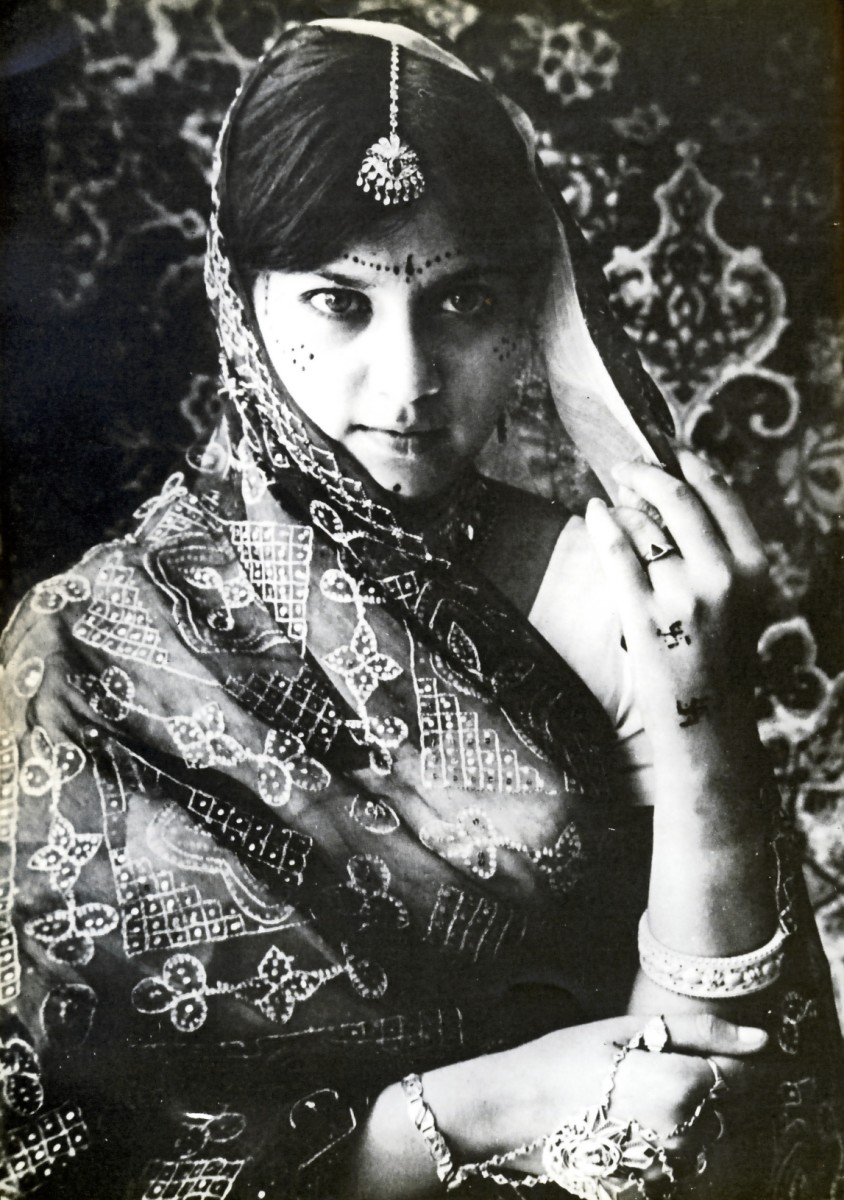Travel in South Africa – Kimberley the City of Diamonds
City Hall, Kimberley
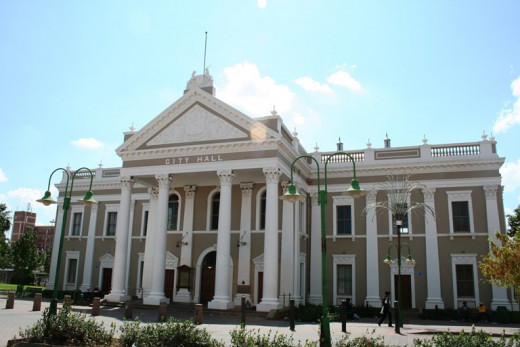
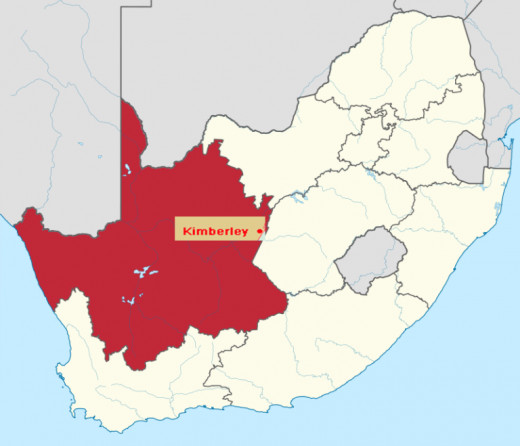
Kimberley, the capital of the Northern Cape Province in South Africa
When a traveller doesn't know the history of Kimberley, the capital of South Africa's Northern Cape Province, they will only see a couple of impressive buildings.
Impressive buildings in Kimberley, South Africa
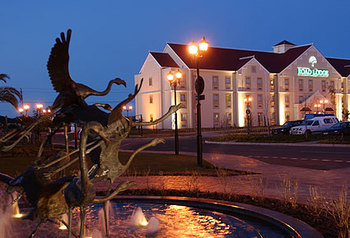
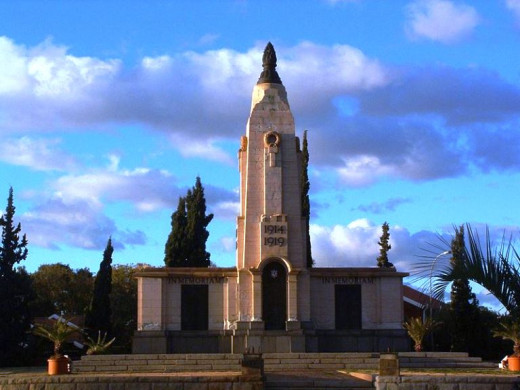
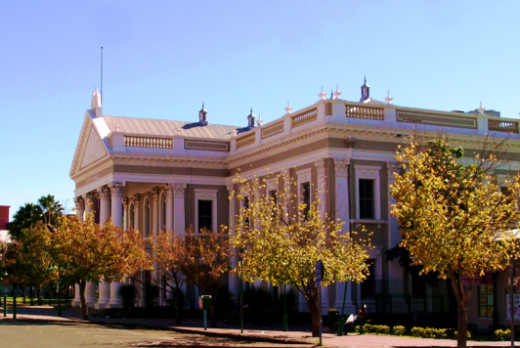
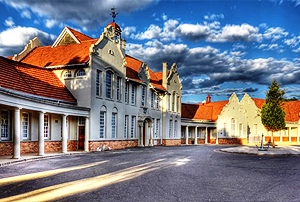
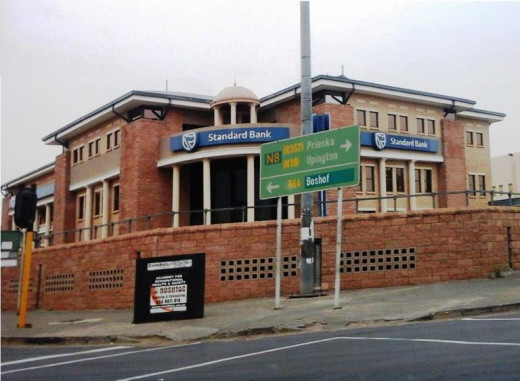
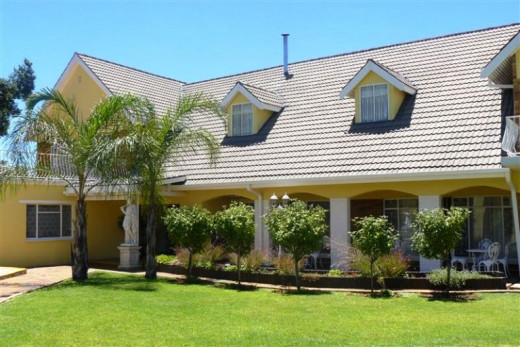
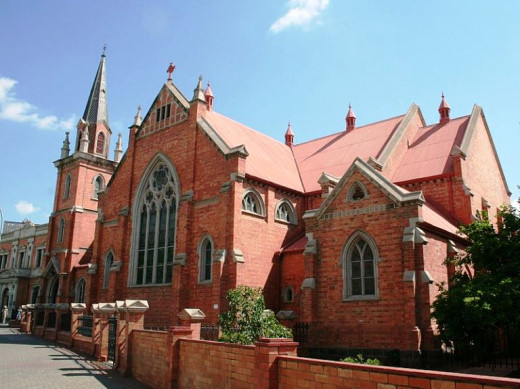
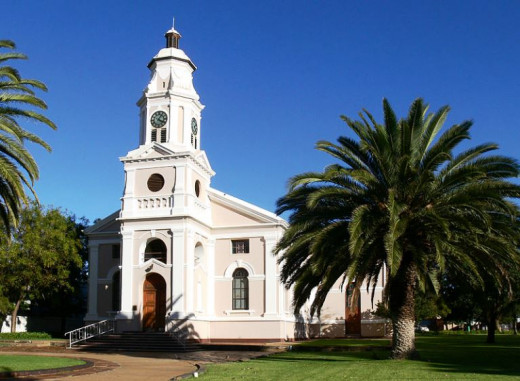
An ignorant traveller may easily miss Kimberley's Big Hole!
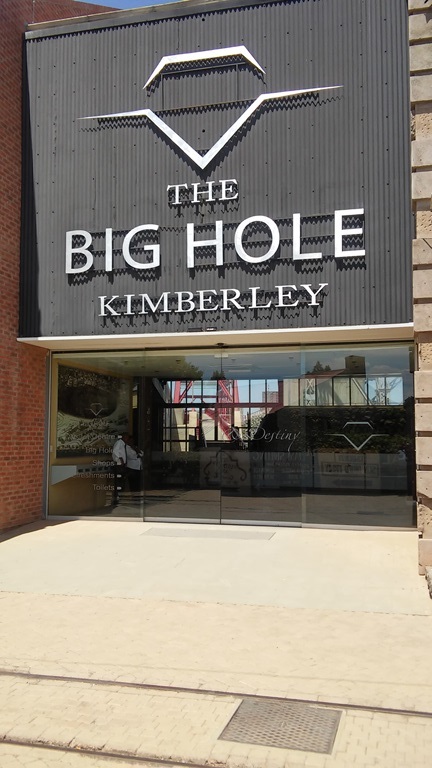
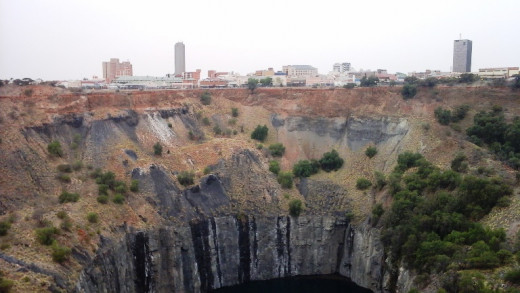
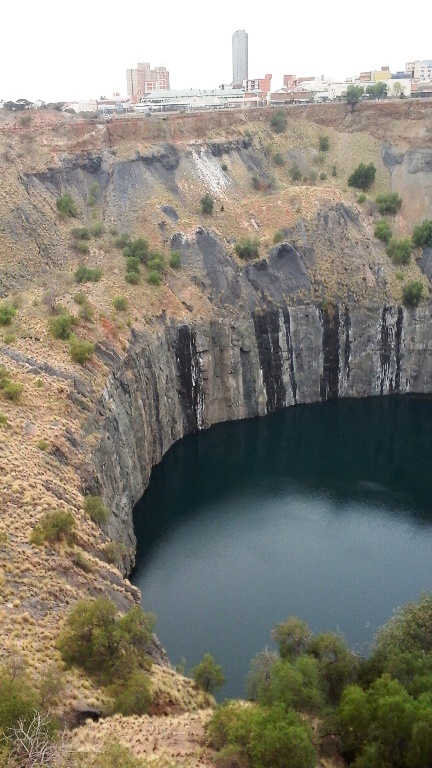
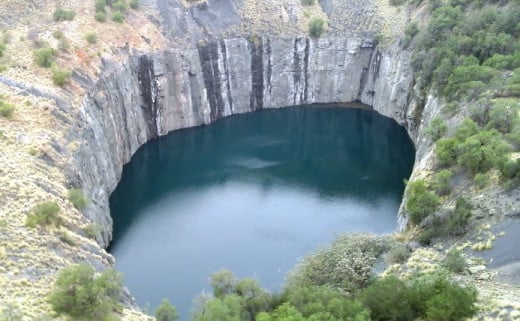
There are actually 4 holes, but only the BIG HOLE (filled with water) can be viewed by tourists -
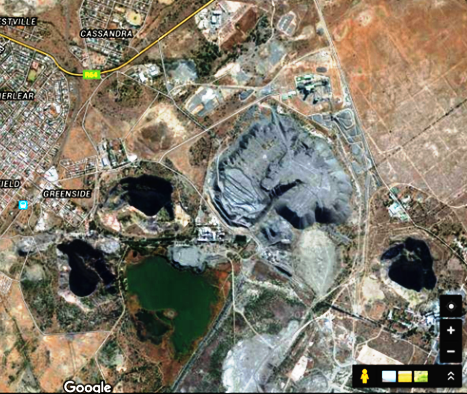
The Big Hole at Kimberley
The Big Hole at Kimberley was dug with picks and shovels between 1871 and 1914 by about 50,000 miners. Its original depth was 240 m (787.402 ft), but reduced to 215 m (705.38 ft). It is 463 metres (1519.03 ft) wide, and has a total surface of 17 hectares (42 acres). Underneath the surface, mining was continued by the De Beers Consolidated Mines to a depth of 1097 meters (3599.08 ft).
2,722 kg (6000.98 pounds) of diamonds were yielded in this mine alone between 1971 and 1914.
However, this is NOT the only enormous open-pit diamond mine in South Africa. Have a look at the size of the Jagersfontein Mine.
The Eureka Diamond
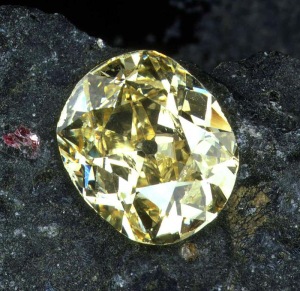
The discovery of diamonds in South Africa
It was the year 1867 - 214 years after the first Europeans arrived in South Africa – when Erasmus Jacobs found a shining pebble on the banks of the Orange River. It turned out to be a diamond, later named the Eureka Diamond.
In 1871, the discovery of another large diamond led to the foundation of the Kimberley Mine, and the town of Kimberley.
The impact of the discovery of diamonds -
Apart from copper mined by the British since 1846 in Namaqualand, and since 1852 also in Springbokfontein, westernisation in South Africa was all about agriculture. Farmers, cultivating the land and raising stock, encouraged the establishment of churches, post offices, shops, town halls, schools, railways, etc. And now in 1871, 219 year after the first farmers arrived in South Africa, the discovery of diamonds changed the future of the country. (Not many years later diamonds were also found elsewhere in the country, and also gold.)
The discovery of diamonds at Kimberley led to the first Diamond Rush in the world. From all over the world came fortune seekers, and also weird business people opening saloons where people can buy alcoholic drinks over a counter and gamble to their heart's desire. Prostitutes, too, came from far and near to serve the hard-working miners.
Entrepreneurs like Cecil Rhodes, Charles Rudd, and Barney Barnato came from England and founded the De Beers Consolidated Mines. Besides local men who were, to the sorrow of their parents, not interested in farming, De Beers instigated the migration of thousands of Africans from all over Africa - people who were eager to work for the minimum wages offered to them.
This was the beginning of South Africa’s Mineral Revolution.
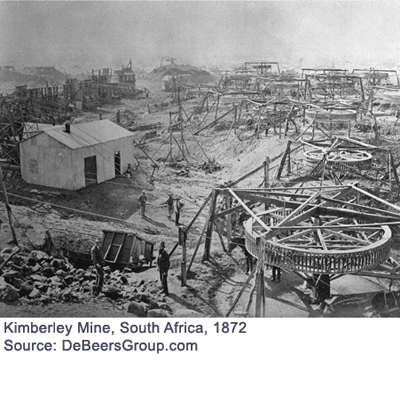
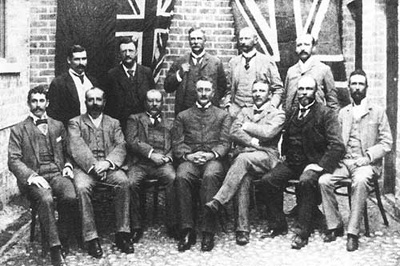
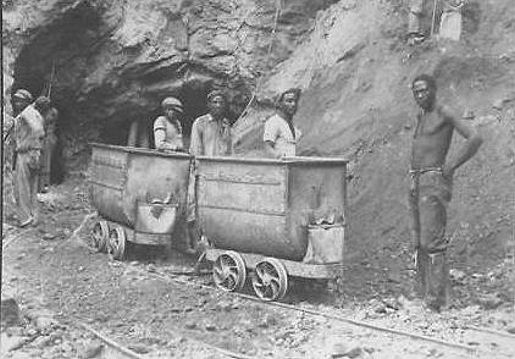
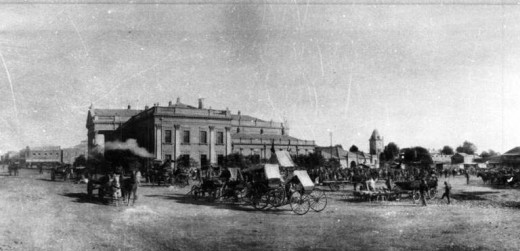
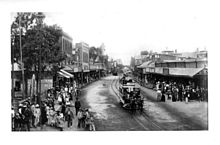
South Africa in the beginning of the 19th century
![Republics in South Africa at the beginning of the 19th century: Suid-Afrikaanse Republic [Transvaal] (green), Orange Free State (orange), the Cape Colony (blue), Natalia (red). Picture by JasonAQuest @ Wikipedia Republics in South Africa at the beginning of the 19th century: Suid-Afrikaanse Republic [Transvaal] (green), Orange Free State (orange), the Cape Colony (blue), Natalia (red). Picture by JasonAQuest @ Wikipedia](https://usercontent1.hubstatic.com/12716878_f520.jpg)
Background
In a nutshell: At this stage of South Africa’s history - 1871 - the British had two colonies in South Africa - the Cape Colony (blue on the map), which they took by force from the Dutch in 1795, and the short-lived Boere republic, Natalia (red)
The Boere (farmers) - descendants of the original Dutch farmers - had left the Cape Colony in 1836 to seek peace and independence north of the Orange River. After many horrendous battles with indigenous Africans, and after losing the Republic of Natalia, and after even more horrendous battles, they managed to establish the South African Republic [Transvaal] (green), and the Orange Free State (orange).
But if the Boere reckoned the British were happy with the trend of events, they were wrong. The discovery of diamonds, and almost one-and-a-half-decade later the discovery of gold in Transvaal, made the British even more determined to have it all.
When diamonds were found where Kimberley would become a town, a battle about ownership immediately began. At that stage the region was occupied by the Griqua's - a race that could trace their forefathers to two clans, the Koks and Barendse, The Koks were mainly indigenous Khoikhoi people, and the Barendse were of mixed European descent.
In March 1871, the diamond field claims were resolved in favour of the Khoikhoi leader Nicolaas Waterboer. He immediately petitioned the British for the annexation of his lands to the Cape Colony, and on 27 October 1871 the diamond fields were proclaimed a British territory under the name of Griqualand West. Read more about this HERE.
While 50,000, mainly foreign, miners of the De Beers Group of Companies dug diamonds in Kimberley), and while the Gold Rush in Transvaal attracted even more foreigners and British interests, the Boere tried to keep the republics they have established.
The dust has not yet settled on the umpteenth war between British and Africans and between Boere and Africans, when the British annexed the Suid Afrikaanse Republic. This led to the First Anglo-Boer War, which lasted from 16 December 1880 until 23 March 1881. The Boere won this one. The Orange Free State and Suid Afrikaanse Republic were therefore still Boere republics.
But then came the Second Anglo-Boer War (11 October 1899 - 31 May 1902), and Kimberley became a focus point. Read more about the siege of Kimberley HERE.
The British won the Second Anglo Boer war. Thereafter, in 2010, the entire South Africa would become a British Union until it finally became an independent republic in 1961, unfortunately with an Apartheid policy - a system of racial segregation - that would inspire endless revolts until 1994, when all citizens of all races finally obtained voting rights. Since 1994 South Africa is a democracy still battling with the devastating consequences of colonization, segregation and Apartheid.
All of this history went through my mind while we recently walked through the open air museum at Kimberley.
An open air museum represents Kimberley 1871 to 1914 -
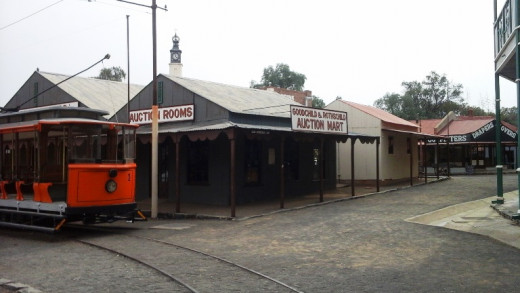
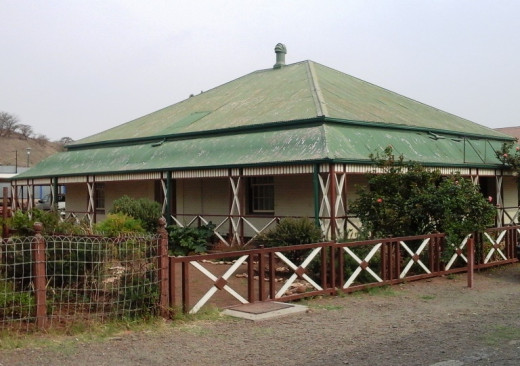
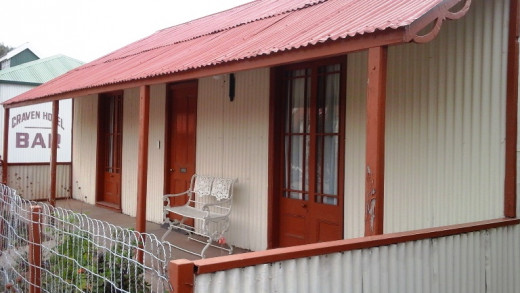
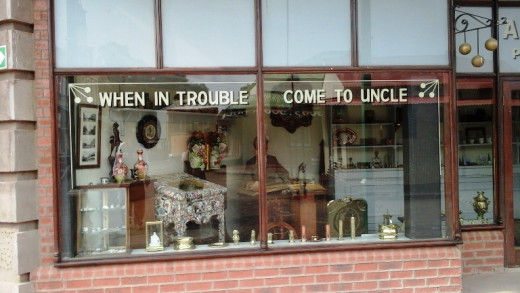
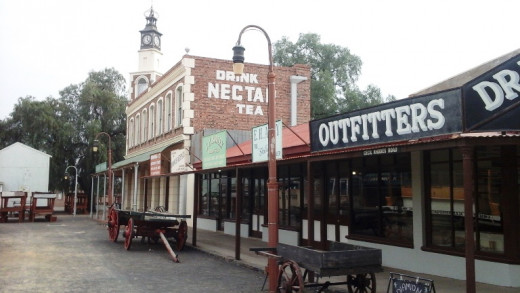
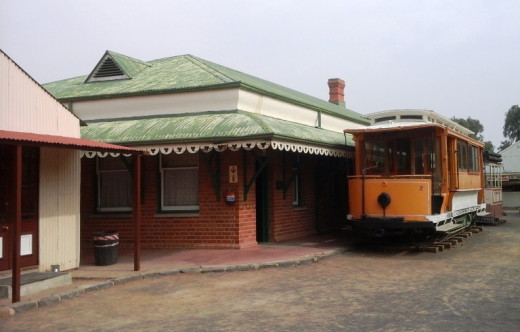
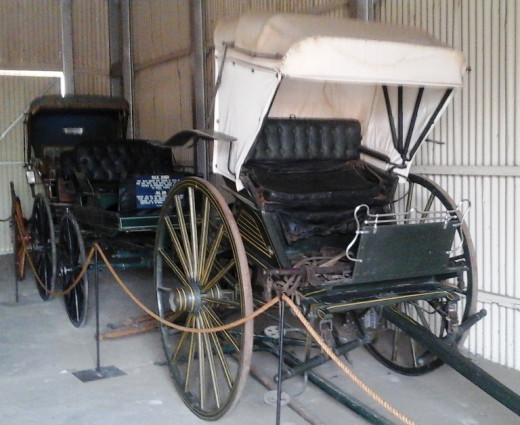
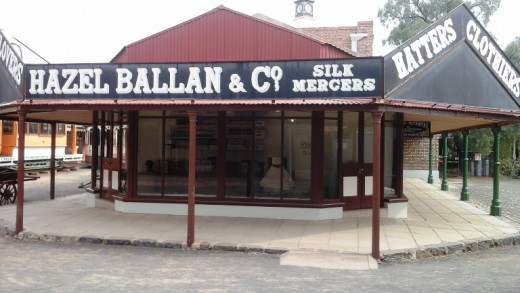
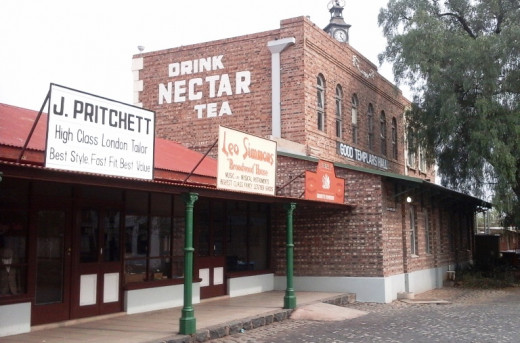
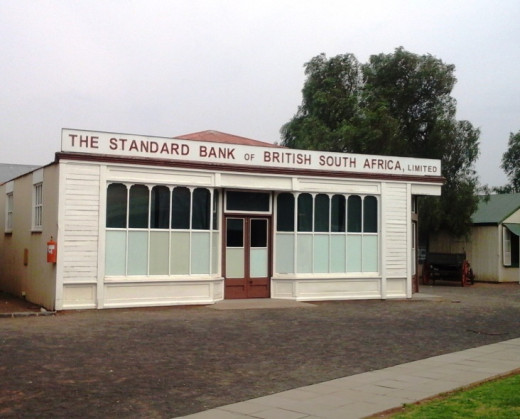
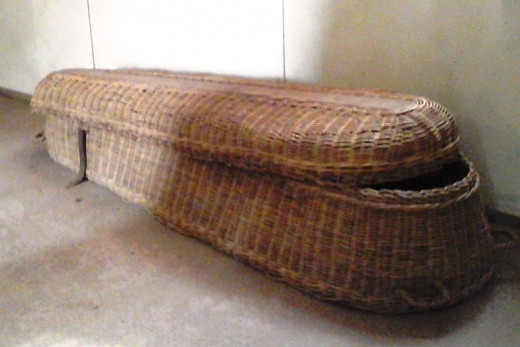
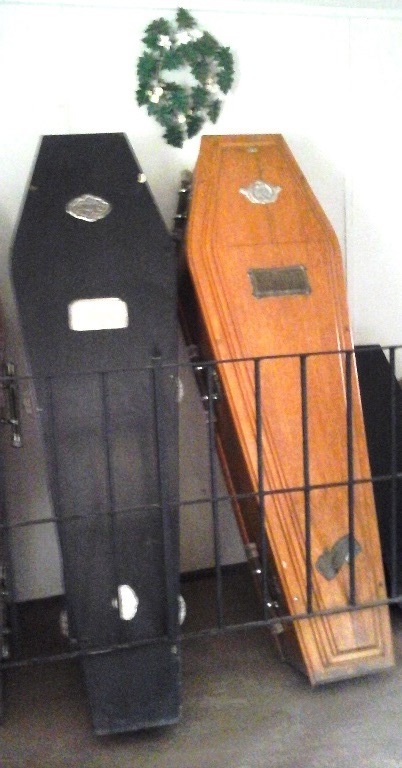
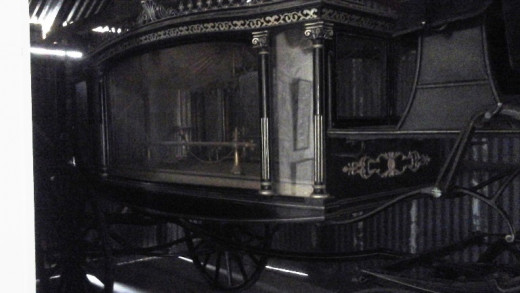
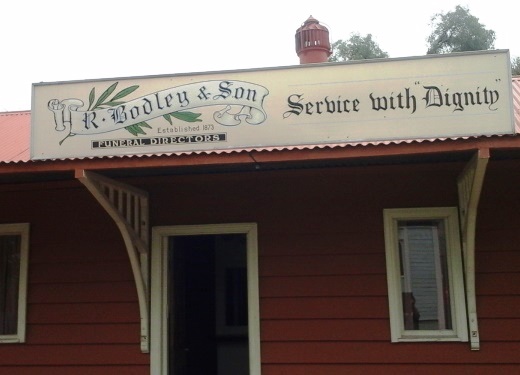
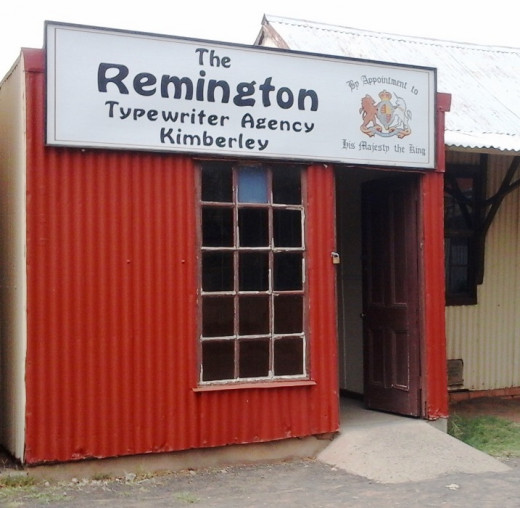
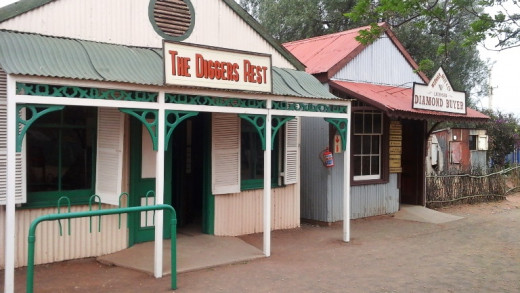
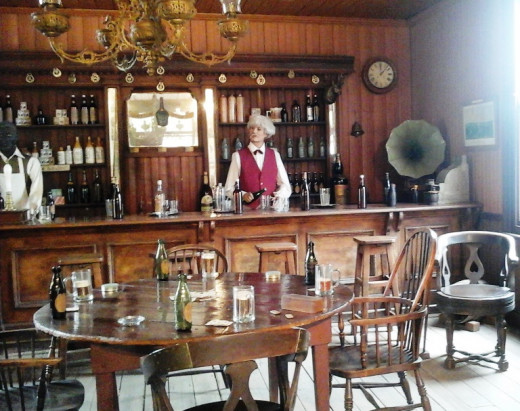
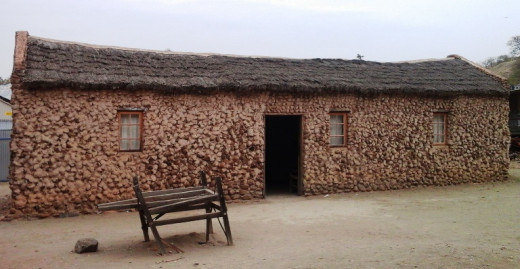
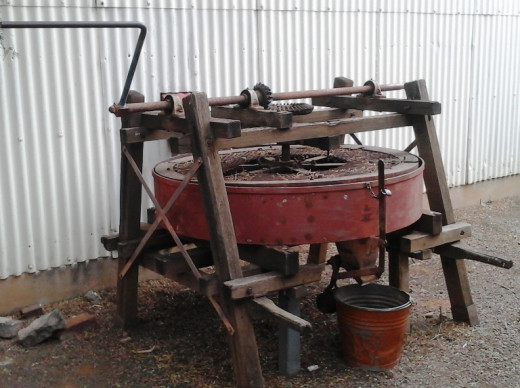
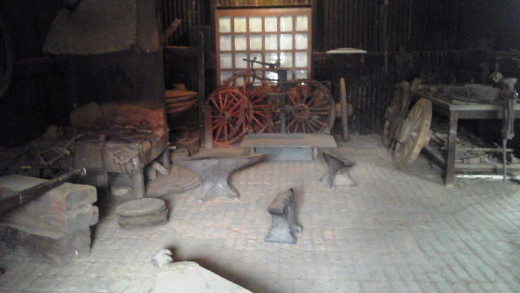
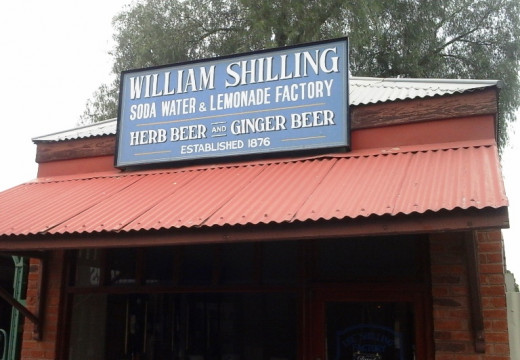
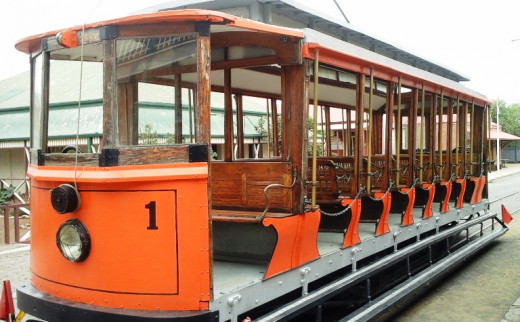
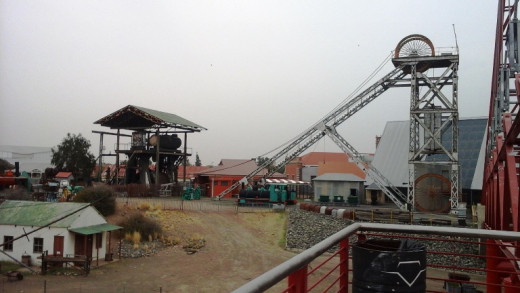
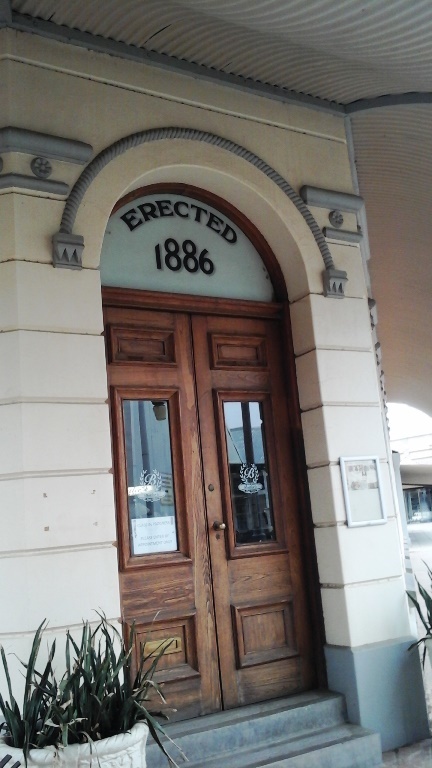
More articles about Kimberley
- Kimberly Big Hole
Big Hole was once hill side. When word spread that diamond was discovered at Kimberly, at what use to be an old farm( Vooruitzicht) Thousands and thousands of mining enthusiastics rushed there.
More photo tours of South Africa -
- Travel in South Africa - North West Province - from ...
A picture tour from Klerksdorp, South Africa to Groot Marico via Ventersdorp, Coligny, Lichtenburg, Ottoshoop and Zeerust - Travel in South Africa – from Cape Town to Mossel ...
A photo tour from Cape Town to Mossel Bay, South Africa - Travel in South Africa - from Klerksdorp to Pretoria
From Klerksdorp to Pretoria (South Africa) - an opportunity to review the birth and development of mankind. - Travel in South Africa - North West Province - Groot...
Groot-Marico is a haven in the North West Province of South Africa for people who want to escape the hustle and bustle of city life. - Travel in South Africa - The Kalahari Desert
Can there be any beauty in the desert? This article about the Kalahari Desert in South Africa will change your perspective on a desert. - Travel in South Africa - Cape Town
A photo tour of Cape Town, South Africa - Travel in South Africa - from Klerksdorp to Cape Tow...
A photo tour from the North West Province to Cape Town, South Africa - Travel in South Africa - the Cape Peninsula - from M...
A photo tour of the Cape Peninsula, Cape Town, South Africa - Travel in South Africa - Clovelly, Cape Town
Clovelly, situated in South Africa's Cape-Peninsula, is a Mecca for lovers of nature - - Travel in South Africa – the West Coast
A photo tour of the West Coast, Western Cape, South Africa

